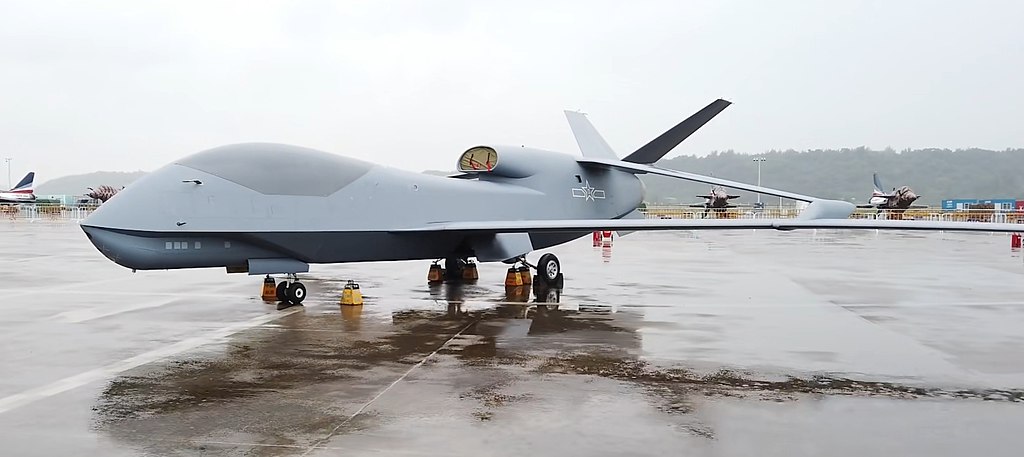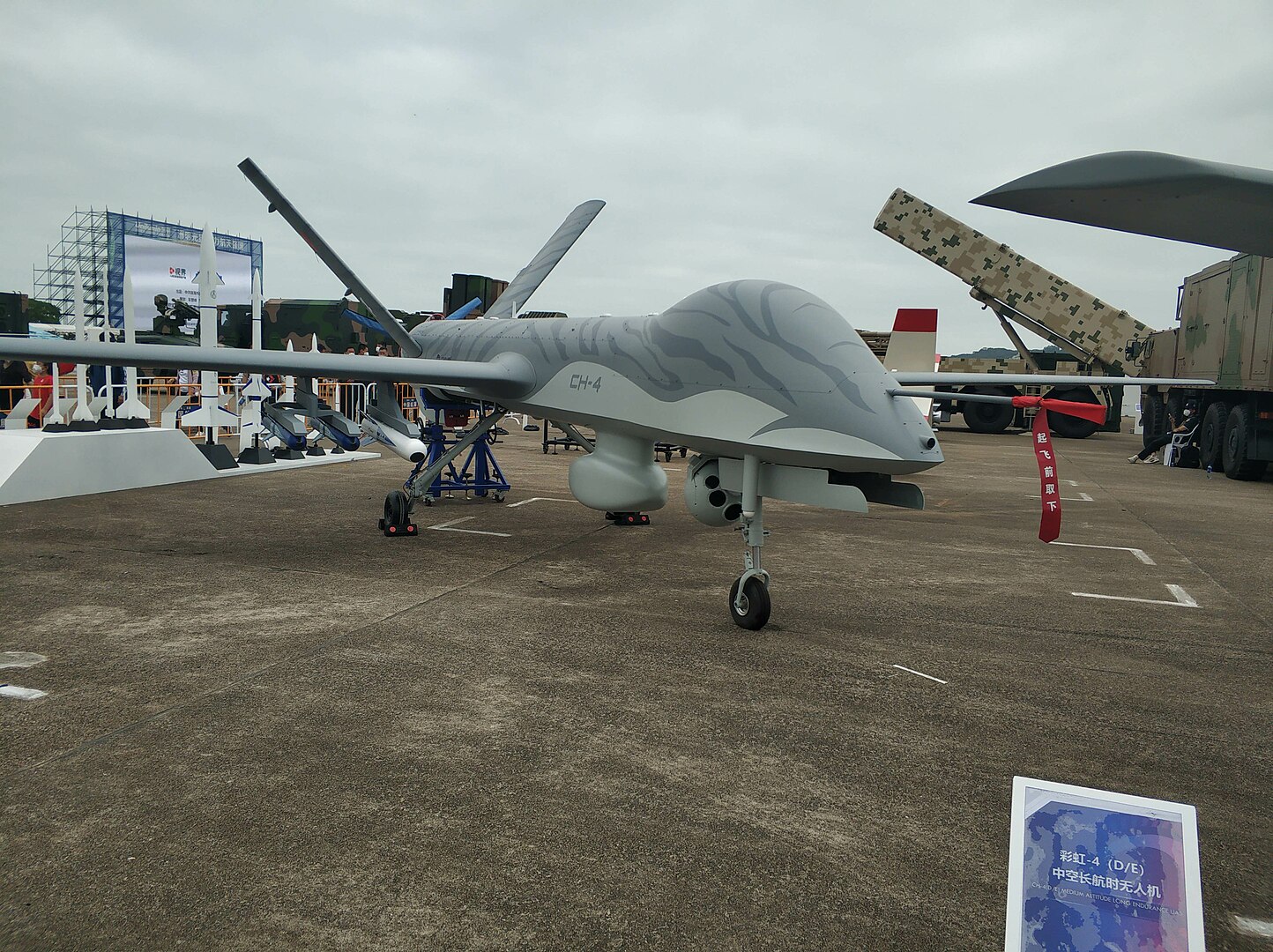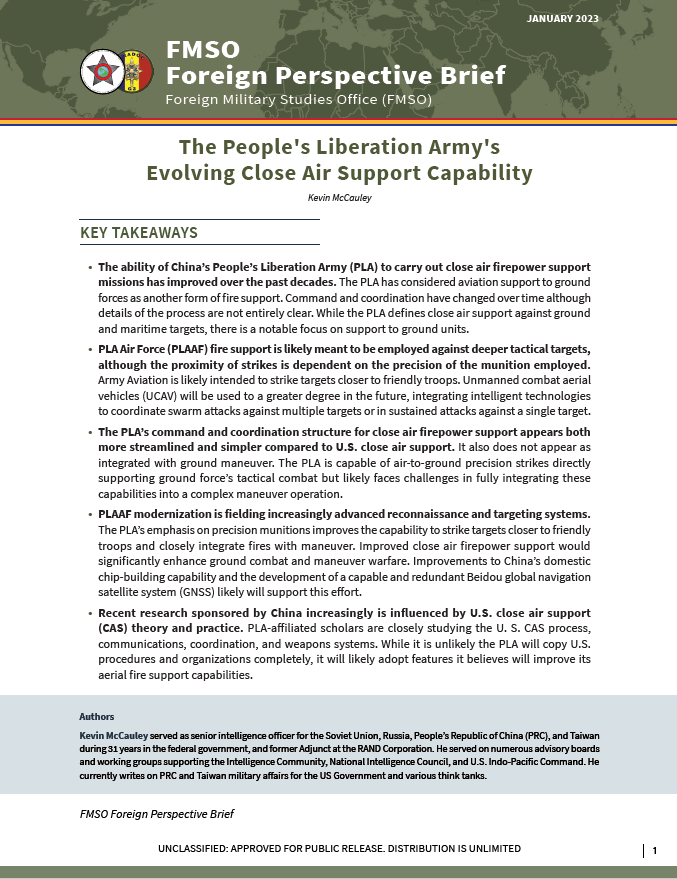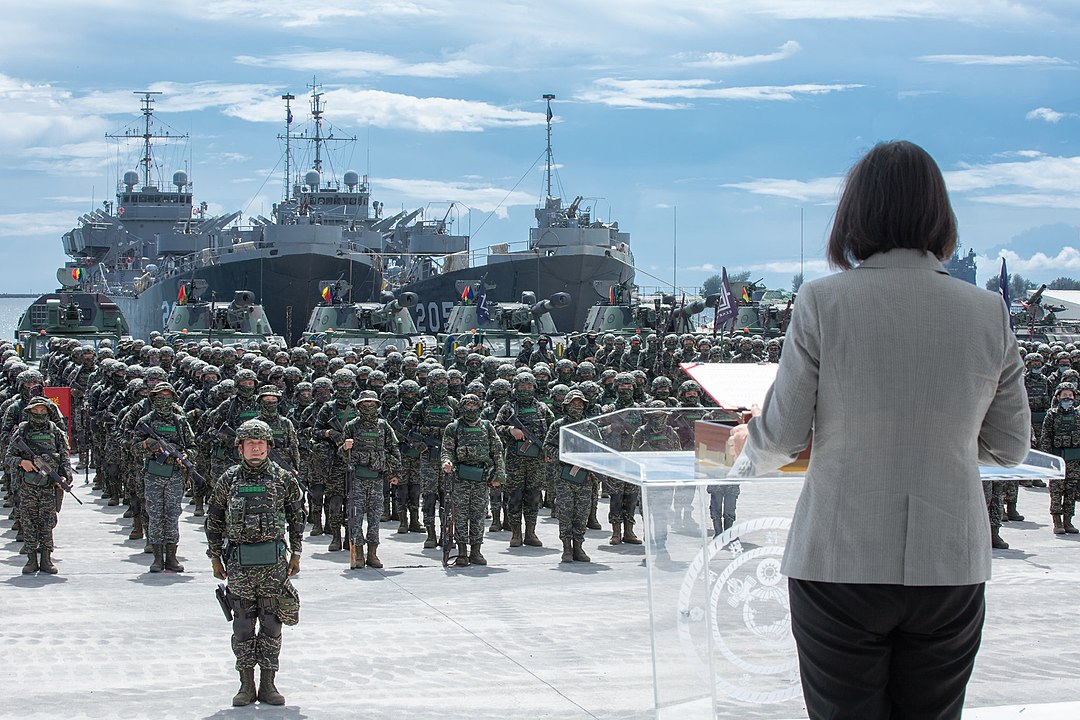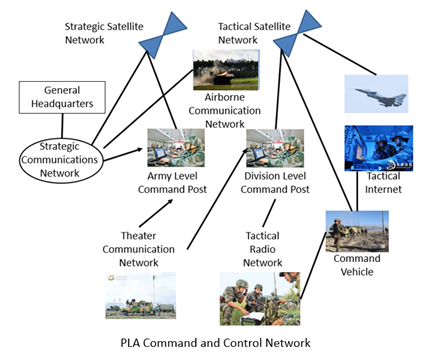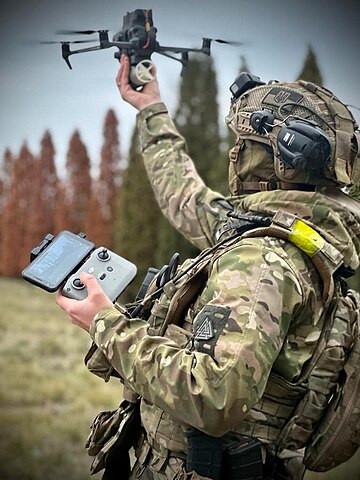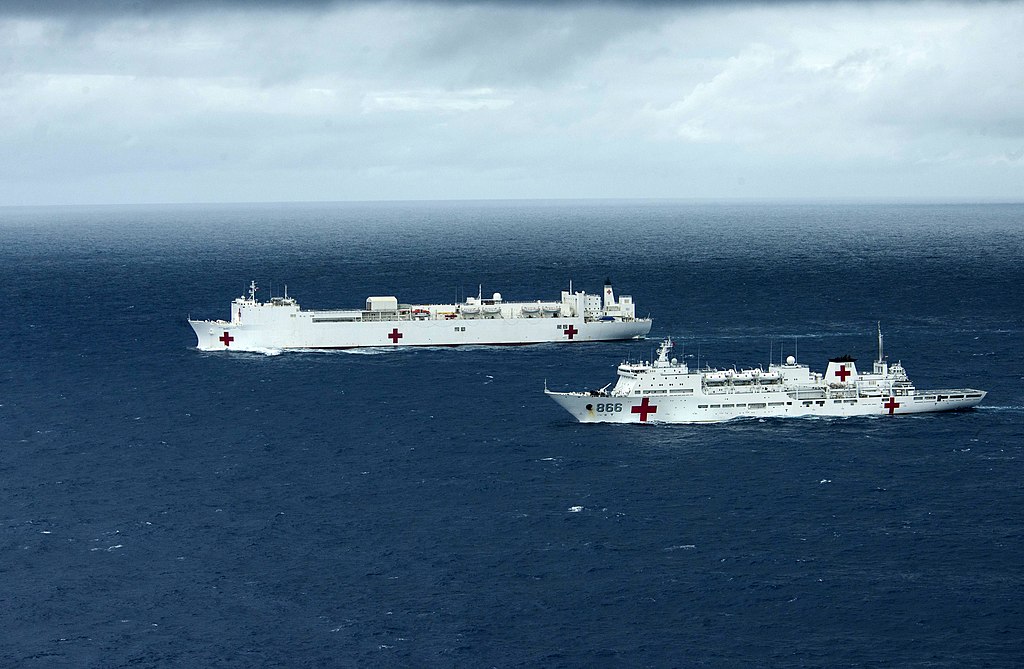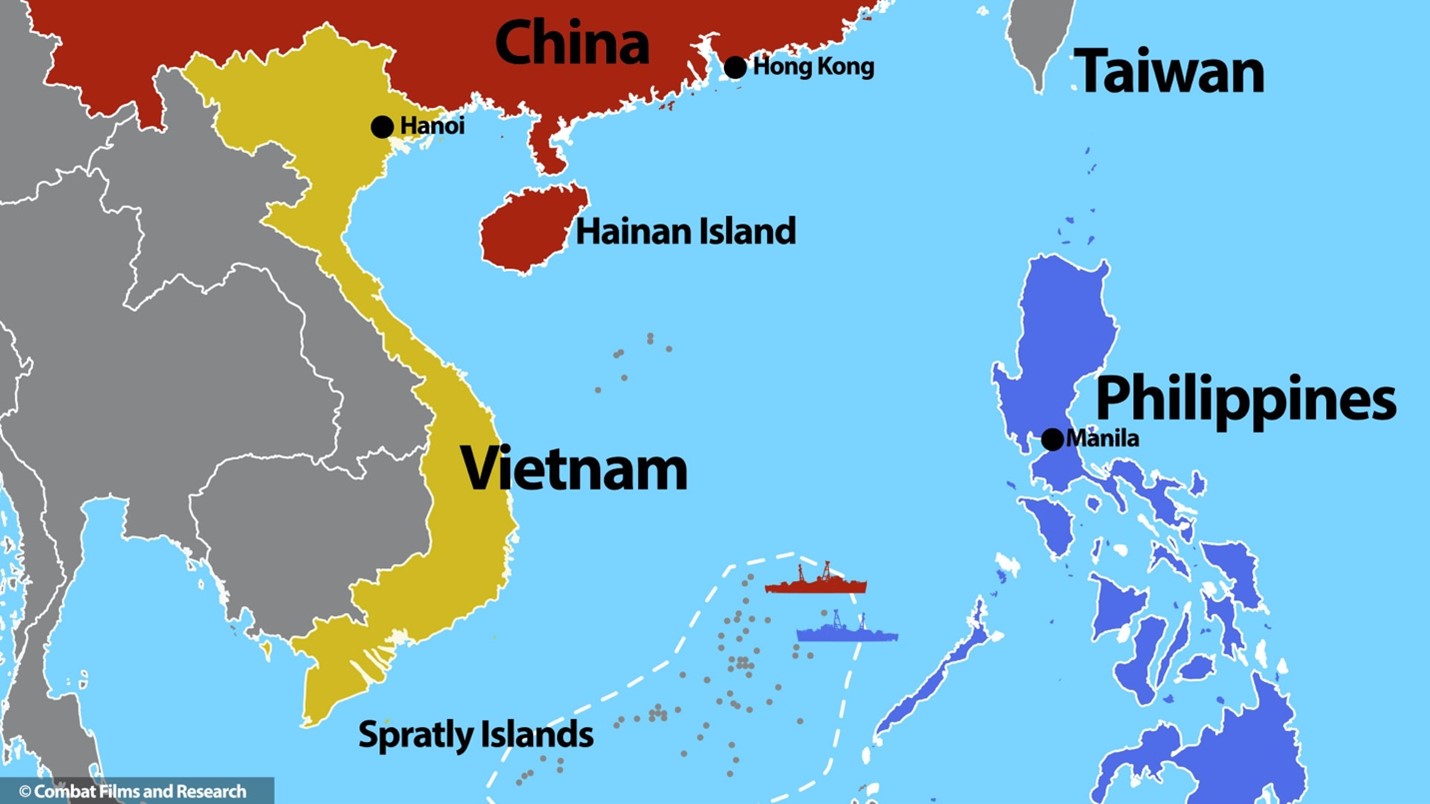“The network information system … can be damaged or controlled by destroying key nodes in the network information system, creating a destruction ‘multiplier’ effect of ‘100-1=0.’”
The complexity of warfare increases as new capabilities, such as unmanned aircraft, loitering munitions, cyber warfare, and others, are introduced. As complexity increases, so do the risks, prompting Chinese military thinkers to explore the possibilities of using “complexity science,” the study of complex systems, to their advantage. The first excerpted article, published by the People’s Liberation Army’s official newspaper, PLA Daily, and reposted to the Ministry of National Defense of the People’s Republic of China’s website, underscores the importance of understanding basic science versus the concept of “complexity science.” A traditional, cause-and-effect system assumes a linear outcome, which is predictable. However, as the article points out, in a complex system, the topic of study of “complexity science,” one slight change could have a huge impact on the course or outcome of the war.[i]
Complexity science is important in both defensive and offensive operations. For example, offensively, the article explains that destroying a key node of an opponent’s network information system, the glue that holds together the joint operations system, can serve as a force multiplier. In defensive operations, to protect their own systems, PLA commanders need to completely understand the emerging nature of complex war systems so that they can predict or anticipate where the adversary might attempt to degrade their systems. In offensive operations, on the other hand, they should use their insight to shape the war and create winning opportunities for themselves. The article explains that coming up with countermeasures and improving the ability to predict emerging technology can be facilitated through modeling and simulation. It also suggests taking advantage of the unpredictable and “fighting opportunities” in combat “to catch the opponent off guard with thunderous momentum.” The second article, published by China’s top military decision-making command body, the Central Military Commission’s authorized news source, China Military Online, details “complexity” in command-and-control (C2) systems. It explains that complexity science offers a new way to understand, guide, and practice war. It also recommends using complexity, around C2, as a weapon to complicate the opponent’s decision-making capacity, while also facilitating one’s own abilities. The key to accomplishing this is by breaking the traditional decision-making methods and reshaping those of the opponent. Humans, becoming increasingly intertwined with machines in the decision-making process at all levels, will create “unprecedentedly prominent battlefield management issues,” the article argues. As variables become more complex it is easier to reshape the opponent’s decision-making process by limiting the adversary’s intelligence capabilities, impairing their reflexes, creating confusion at the intersection, and pushing the opponent to their breaking point.
Sources:
Liu Haiye et al, “认真研究并加以把握运用,战争复杂系统的涌现性 (Carefully Study and Understand the Emergence of Complex War Systems),” PLA Daily (official news source of the Chinese People’s Liberation Army), 17 November 2023. http://www.mod.gov.cn/gfbw/jmsd/16267413.html.
Informatization and intelligentization in the network information system is the “glue” and “catalyst” of the joint operations system. However, it does not always guarantee the network’s effectiveness in driving the entire joint combat system. The network information system not only can serve as a “multiplier” of “1+1>2”in aggregating combat forces that are widely distributed and have heterogeneous functional role, it can be damaged or controlled by destroying key nodes in the network information system, creating a destruction “multiplier” effect of “100-1=0”.
Make good use of the emergent nature of complex war systems: …In recent years, the continued advances in modeling and simulation, artificial intelligence, big data and other technologies, has provided new support for commanders to grasp the emergent nature of complex war systems. If commanders can fully grasp the emergent nature of complex war systems, they might be able to perceive, foresee, utilize or even create “points” where war emerges before their opponents do, thereby becoming more proactive in shaping the war situation and creating winning opportunities.
Gain insights in advance and implement changes before the enemy. Once the emergence of complex war systems occurs, it could cause major global or local changes in the entire battlefield. “Forewarned is forearmed, without prejudging the waste”. Only by sensing and anticipating the possible emergence of key nodes in the war system and key turning points in the combat process before the opponent does, can we implement changes before the enemy and disrupt their operations…(we should) implement various countermeasures for war preparations, and improve the pertinence and predictability of military training and preparations…Methods such as modeling and simulation, which can provide insights into the emergence of complex war systems, should be actively applied to build, restore, and simulate real combat environments and operations in virtual war spaces.
Hu Xiaofeng, “从复杂性科学看指挥控制领域变革趋势 (A Look at Changing Trends in Command and Control From the Perspective of Complexity Science),” China Military Online (news source authorized by the Central Military Commission and sponsored by the People’s Liberation Army), 2 January 2024. http://www.81.cn/ll_208543/16277640.html
Complexity science has provided new possibilities for understanding war and guiding war practice. In the field of command and control, complexity can be used as a weapon to make the opponent’s decision-making more complicated, while oneself can easily deal with it. The key to achieving this effect is to break the original traditional decision-making method and reshape the opponent’s decision-making process.
How to create complexity
In future wars, as the combat system becomes larger and larger, humans and machines become more intertwined in decision-making at all levels, especially the widespread use of intelligent combat platforms, resulting in unprecedentedly prominent battlefield management issues.
Traditional decision-making only changes the decision-making parameters, not the decision-making process, so the decision-making complexity is constant… If complexity methods are introduced, the opponent’s decision-making process can be reshaped, forcing the opponent to introduce new parameters, leading to an increase in decision-making complexity. For example, if one’s own camouflage effect exceeds the opponent’s existing reconnaissance capabilities, it forces it to find new reconnaissance and positioning methods, thereby prompting it to change its decision-making process and make decision-making more complex. So, how to create complexity? It is generally believed that there are mainly the following four methods.
Limit intelligence capabilities. By creating uncertainty to enhance complexity and reduce the adversary’s situational awareness, the adversary can only act with the support of limited information…
Impaired reflexes. Create complexity by leveraging adaptive characteristics to weaken adversaries’ operational responsiveness…
Create confusion at the intersection. Creating chaos and complexity by crossing boundaries to create new emergent effects… Facilitate tipping point transitions. Push your opponent to the breaking point and create complexity, resulting in non-linear transitions…
Notes:
[i] The first article uses an old the British proverb as an example. “For want of a nail, the shoe was lost. For want of a shoe, the horse was lost. For want of a horse, the rider was lost. For want of a rider, the battle was lost. For want of a battle, the kingdom was lost. And all for the want of a horseshoe nail.” This analogy underscores the importance of each node, down to the most basic one (the nail). For more on this proverb, see “A Little Neglect May Breed Great Mischief,” Citadel website, accessed 20 January 2024. https://web.citadel.edu/root/images/commandant/assistant-commandant-leadership/for-the-want-of-a-nail.pdf

